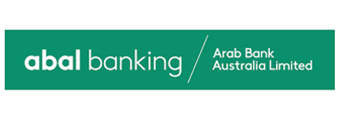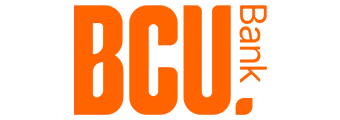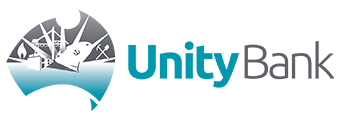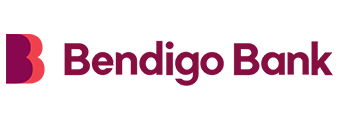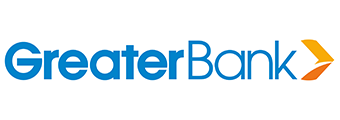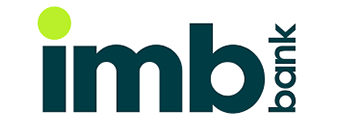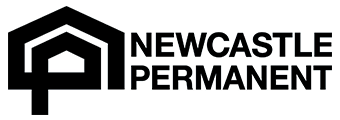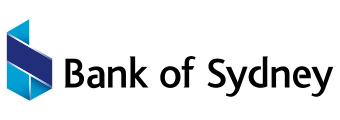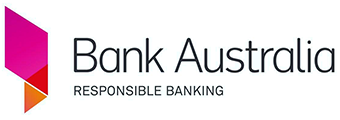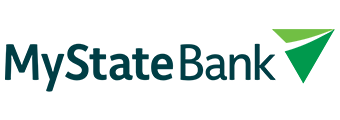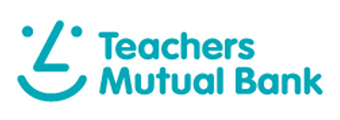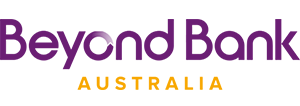Principal and interest (P&I) home loans make up about 90% of mortgages in Australia, popular among owner-occupiers seeking a straightforward path to full homeownership. With this type of loan, each payment trims both the principal balance and interest, gradually reducing the amount owed and building equity on the property.
How do principal and interest loans work?
When you take out a home loan, you are required to pay the principal (the money you borrowed) and the interest charged by your lender. In a P&I loan, every repayment reduces your overall debt as it simultaneously covers both components. Principal and interest loans are offered on either fixed rates or variable rates.
The less common alternative to this is interest-only (IO) loans where borrowers only pay off the interest portion. Interest-only loans have traditionally been more popular with investors as they can deduct mortgage interest as an expense against their entire taxable income.
Home loan amortisation explained
Regardless of the rate, this type of loan is structured (or amortised) to be fully paid off over a specific term. This means your lender has already worked out exactly how much you’ll need for every repayment to pay your loan in full by the end of the term you agreed to.
Here’s how your monthly payment is calculated using the amortisation formula:
Monthly payment = P x r(1+r)n / (1+r)n - 1
Where P is the principal amount, r is the monthly interest rate (annual rate divided by 12 months), and n is the total number of repayments (loan term in years multiplied by 12).
Suppose you took out a $600,000 home loan payable in 30 years with a 6.00% p.a. interest rate, using the formula, your principal and interest payments will cost you $3,597.30 monthly (assuming interest rates and terms of the loan don’t change) while the total cost of your loan will be $1,295,028.
If the formula above makes your head hurt and you would rather leave the maths to the experts, you can use InfoChoice Principal and Interest Calculator to work out your fixed monthly repayments.
You can also use this calculator to see the amortisation schedule and learn about the benefits of paying off your principal as well as interest.
Why am I paying more interest at the start of the loan?
At the beginning of the loan term, you may notice that most of your repayments cover the interest component and only a small amount goes towards paying off your principal. That is because of how the amortisation of the loan is structured.
The amortisation schedule of a P&I loan is designed to keep the total monthly payment amount constant throughout the life of the mortgage. Since the interest for each payment is calculated based on the current outstanding balance of the loan (which is the largest at the beginning and becomes smaller as you pay it off), the initial payments include a higher proportion of interest.
As the principal amount decreases with each payment, the interest charges go down. Essentially, you’re paying interest on nearly the entire loan amount initially. Later in the loan term, the composition of the payment shifts and you begin to pay more towards the principal.
How does a principal and interest loan compare to an interest-only loan?
Unlike principal and interest mortgages where repayments contribute to both the loan’s interest and principal balance, interest-only loans only work to pay off interest during the interest-only period. After that period, which typically lasts up to five years, the borrower must switch to a P&I loan for the remaining years of the term.
While repayments are lower during IO periods, this type of payment scheme often results in higher repayments later on – when the principal and interest payment kicks in – and could make the total loan tens of thousands of dollars more expensive.
This is essentially because you’ve a) kicked the interest can down the road as interest capitalises on the principal you haven’t paid down, and b) condensed the principal payments into a shorter timeframe.
Here’s what your payments would look like if you borrowed $500,000 over 30 years with a 6.00% p.a. interest rate.
|
Principal and interest loan |
Interest-only loan |
|
|
Interest-only period |
N/A |
5 years |
|
Monthly repayments |
$2,998 |
$2,500 (during IO period) $3,222 (after IO period) |
|
Total interest payments |
$579,191 |
$616,452 |
|
Total loan cost |
$1,079,191 |
$1,116,452 |
As such, interest-only loans are more popular with investors seeking to reduce their repayments temporarily and maximise the interest amount they can deduct against their taxable income.
Additionally, principal and interest loans typically feature lower interest rates than interest-only loans. This is because lenders view P&I mortgages as less risky as you are actively reducing the loan balance. In contrast, IO loans are seen as higher risk since the principal remains unchanged during the interest-only period, posing potential issues if property values decline and the home needs to be sold.
What are the benefits of choosing a principal and interest home loan?
Build equity faster
A principal and interest loan is ideal if you want to build equity in your home faster. When your loan begins, your equity is essentially the amount of your down payment as the majority of the asset’s value is still owed to the lender.
With each monthly repayment, where a portion goes towards the principal, your ownership stake increases. This could be beneficial in many ways, primarily leverage and profit potential.
Having substantial equity can give you access to additional financing options, for example borrowing against your home’s equity to fund large expenses or emergency costs. Additionally, the more your mortgage is paid off, the more money you’re likely to get as profit when you sell your home and its value is greater than what you still owe.
Lower total loan cost
By making payments towards the principal and interest components, you’ll end up paying less over the loan term. As previously mentioned, paying down your principal leads to the reduction of interest charged. This reduction in interest can amount to thousands of dollars, effectively lowering the overall cost of your loan.
Predictable repayments
Repayments of P&I loans are structured to be consistent throughout the term, offering stability which is beneficial in managing cash flow. Important to note though that if it is a variable-rate P&I loan, whose interest rates change, monthly repayments can vary over time. However, the payment structure – part principal, part interest – remains the same.
Are there any disadvantages to a principal and interest home loan?
Higher monthly repayments
P&I loans have typically higher repayments initially than interest-only loans since each payment covers both principal and interest. If you are in a tighter financial situation, you might find this more challenging especially at the start of the loan term when you also have to cover upfront costs such as stamp duty, conveyancing fees, and loan application expenses, among others.
Reduced cash flow
Higher monthly repayments reduce your liquidity since your money is tied up in repaying the loan. This restricts your ability to redirect funds to invest in opportunities that may yield a higher return or to manage unexpected expenses effectively.
Lower tax savings
For investment properties, the tax deductibility of interest is a significant consideration. Since P&I payments gradually reduce the principal – and thus the interest – the tax savings decreases over time. This is why IO loans are more appealing to investors who can claim back interest costs against their taxable income.
Who is the ideal borrower for a principal and interest loan?
Principal and interest loans are best suited to individuals who aim to build equity and eventually own the property outright. Taking out a P&I loan can gradually reduce your debt and increase your stake in the home at the same time.
This could be beneficial if you want to tap into your home equity to finance major expenses or other investments, not to mention increase your profit potential when it comes time that you decide to sell your home.


